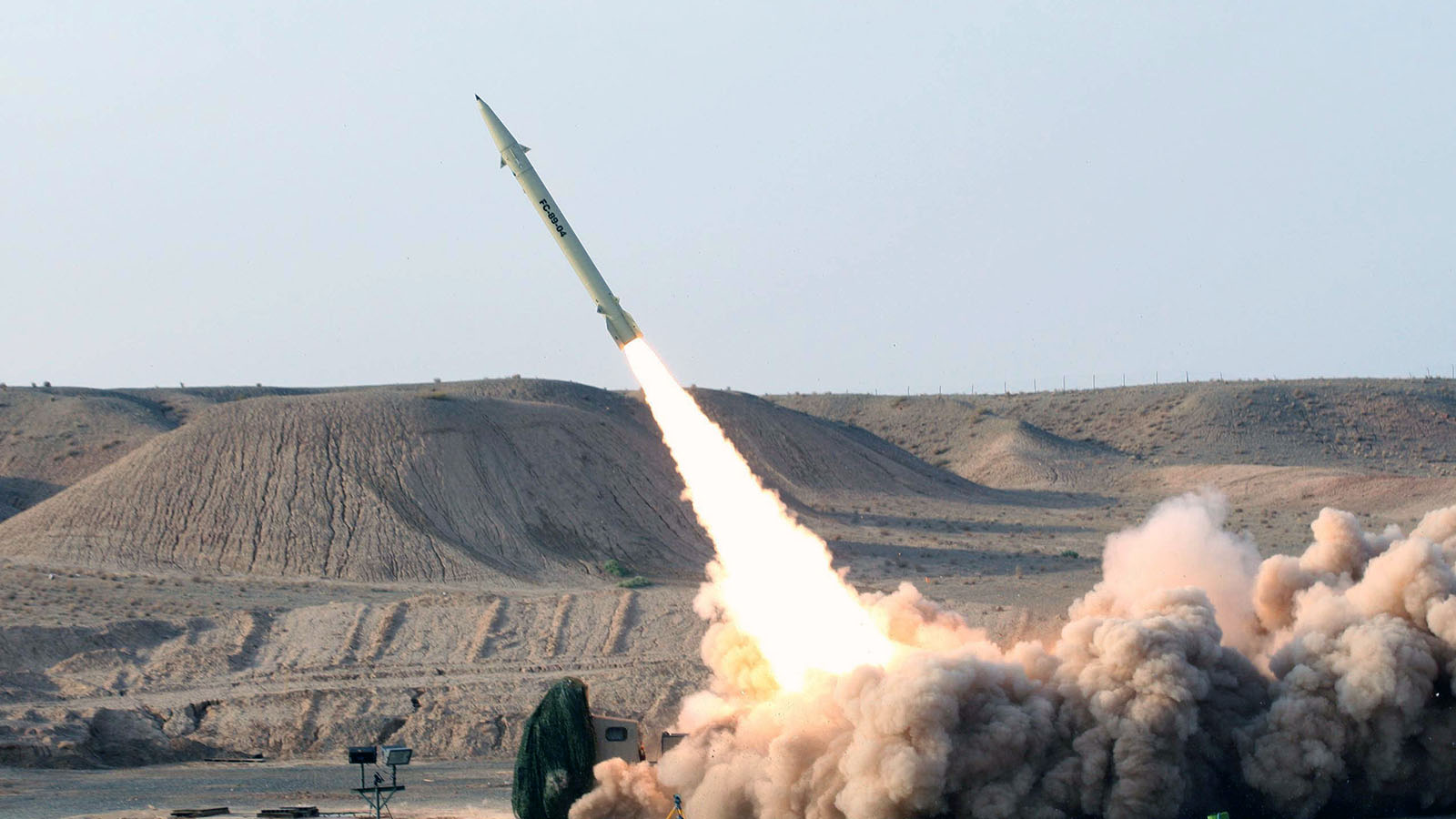
Odisha / Ladakh, July 17, 2025: In a powerful demonstration of India’s defence capabilities, the Ministry of Defence successfully test-fired two short-range ballistic missiles – Prithvi-II and Agni-1 – on Thursday, July 17, from the Integrated Test Range (ITR) in Chandipur, Odisha. The launch followed the high-altitude trial of Akash Prime, an upgraded indigenous surface-to-air missile, in the mountainous terrains of Ladakh earlier in the day.
Strategic Success in Odisha
According to the Defence Ministry, both missile systems performed flawlessly during the trial.
“Successful test-firing of Short-Range #BallisticMissile – #Prithvi-II and #Agni-1 – was carried out from the Integrated Test Range in #Chandipur, Odisha today,” the ministry confirmed.
The launches were conducted under the supervision of the Strategic Forces Command, which oversees the country’s nuclear and strategic weapon systems.
The Agni-1 missile was launched from Abdul Kalam Island, while the Prithvi-II missile followed shortly after, taking off from Launch Pad No. III at the Chandipur test range. Both missile systems hit their intended targets, validating all technical and operational parameters.
Akash Prime’s High-Altitude Trial in Ladakh
Earlier on the same day, India had achieved another milestone by successfully test-firing the Akash Prime missile at an altitude exceeding 4,500 metres in Ladakh. The test demonstrated India’s preparedness to deploy air defence systems in extreme altitudes and harsh environments.
The Akash Prime is an upgraded version of the Akash missile system, developed indigenously for the Indian Army. It played a significant role during Operation Sindoor, where it successfully neutralized two high-speed aerial targets.
Defence Ministry’s Statement
In a detailed press release, the Defence Ministry highlighted the significance of the tests:
“India on July 16 achieved a significant milestone by successfully destroying two aerial high-speed unmanned targets at high-altitude in Ladakh by Akash Prime, the upgraded variant of Akash weapon system for the Indian Army.”
The statement also added that improvements in the system were made based on operational feedback:
“Various upgrades have been made to improve operational effectiveness, demonstrating the strength of the indigenous defence ecosystem.”
Boosting India’s Strategic Deterrence
These successful test-firings underscore India’s growing self-reliance in defence technology. With the Agni and Prithvi missiles forming the backbone of India’s strategic deterrent forces, and systems like Akash Prime proving battle-readiness in diverse environments, the nation is showcasing a robust and flexible defence posture.
Furthermore, the trials reinforce India’s Make in India mission in the defence sector and enhance the operational readiness of the Indian Armed Forces.
Conclusion
With back-to-back successful missile trials in both the plains of Odisha and the heights of Ladakh, India continues to demonstrate technological excellence, strategic depth, and commitment to strengthening its national security. These achievements not only boost military preparedness but also reflect the rising capabilities of the indigenous defence ecosystem.
